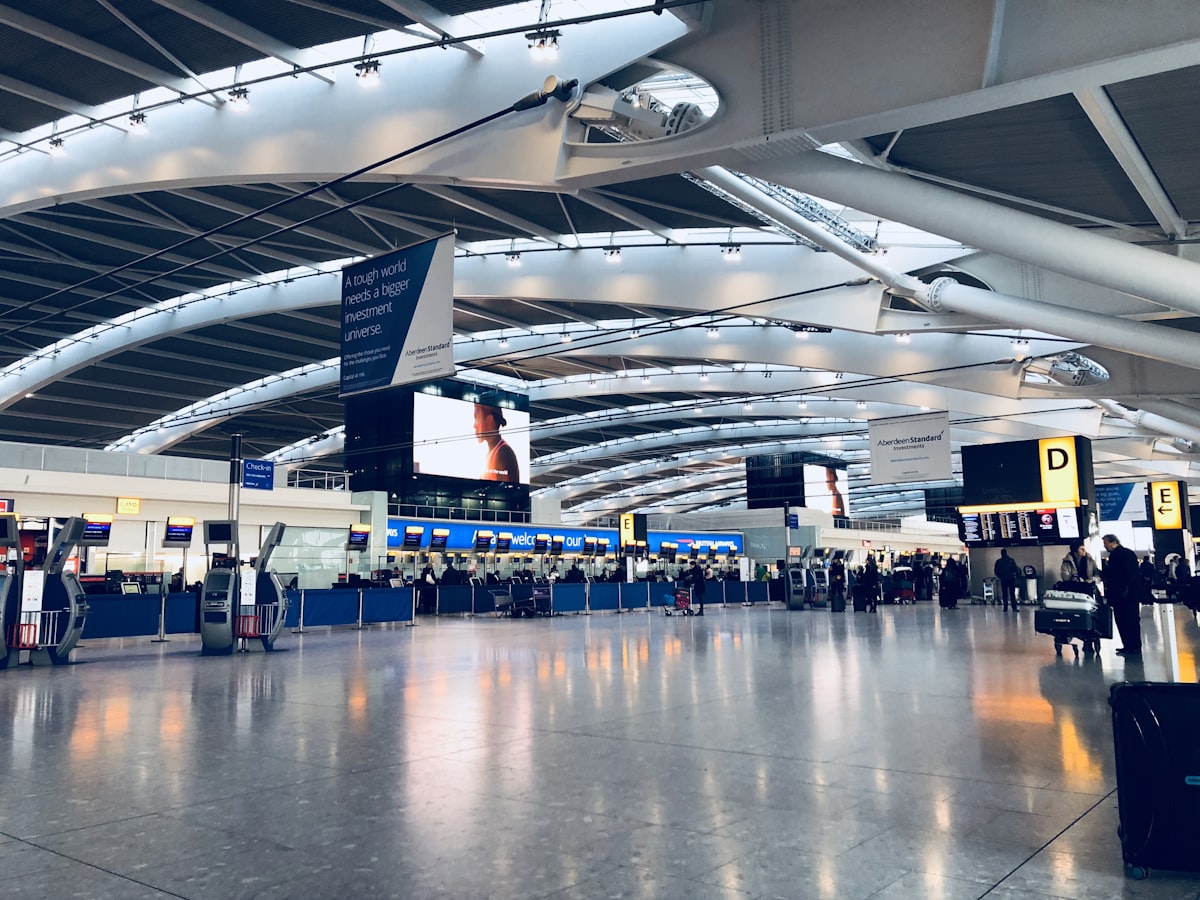Airbus A320 vs Boeing 737 Seating
Airbus A320 vs Boeing 737 Seating
When it comes to commercial air travel, the Airbus A320 and Boeing 737 are two of the most popular and frequently used aircraft. Each offers distinct features, particularly when it comes to seating arrangements. Understanding these differences can help passengers choose the best flight experience for their needs.
Seating Capacity

The Airbus A320 typically seats between 150 to 190 passengers. It depends on the airline’s chosen configuration. The standard layout is three seats on each side of the aisle in a single cabin class. However, some configurations include business class, reducing overall capacity.
The Boeing 737 has various models, but the most common is the 737-800. It normally seats around 162 to 189 passengers. Like the A320, it offers a three-by-three seating arrangement. Some variants, like the 737 MAX, can accommodate up to 230 passengers, though this is less common.
Seat Width and Pitch
Seat width in the Airbus A320 typically ranges from 17.5 to 18 inches. This slight difference might not seem significant but can impact passenger comfort on longer flights. Seat pitch, which measures the distance between rows, usually extends from 30 to 32 inches in economy class.
The Boeing 737 generally offers seat widths between 17 and 17.8 inches. Some models have newer ergonomically designed seats to optimize space. The seat pitch in a 737 ranges from 30 to 31 inches in standard economy settings, with premium economy offering more space.
Legroom and Personal Space
Legroom in the A320 can vary based on the airline’s configuration and class of service. Enhanced class or premium seats offer more legroom, often exceeding 34 inches in pitch. Some airlines install slimline seats to maximize space, impacting the experience.
The 737 often features similar legroom specs, with common economy class pitches around 30 to 31 inches. Passengers in exit rows or premium sections receive more generous space, sometimes up to 38 inches. Differentiation across airlines showcases varying levels of passenger comfort.
Aisle and Cabin Width
A noticeable difference between the two aircraft is the cabin width. The A320’s cabin is approximately 7.56 feet (2.31 meters) wide. This allows for wider aisles and seats, contributing to a more spacious feel, which can be beneficial during boarding and disembarking.
The 737 offers a slightly narrower cabin width of about 7.08 feet (2.16 meters). The difference, although seemingly minimal, affects the perception of space, particularly in the aisles. Narrower aisles can lead to more congestion during peak moments of passenger movement.
Inflight Amenities
Airlines have different approaches to inflight amenities on the A320. Some provide seatback entertainment screens, power outlets, and Wi-Fi, especially on newer models like the A320neo. Familiarity with an airline’s typical offering can enhance the travel planning experience.
Similarly, the 737 varies significantly in terms of inflight amenities. Older models may have limited entertainment options. Newer 737 MAX variants increasingly offer modern conveniences like Wi-Fi, USB charging ports, and advanced inflight entertainment systems.
Seating Class Configurations
Airlines using the A320 often configure cabins into various classes, including economy, premium economy, and business class. Differences in seat quality, pitch, and additional amenities differentiate the experiences. Business class typically displays the most luxurious options with enhanced personal space and service.
The 737 also follows a multi-class structure, although specifics can vary widely. Economy seats populate most of the cabin, with sections of premium and business seats. Both aircraft allow airlines adaptability to design spaces catering to diverse passenger preferences.
Passenger Experience Variability
Passenger experiences fluctuate depending on airline-specific seating and service choices. The same aircraft could provide vastly different comfort levels depending on the carrier. Checking airline reviews and seat maps helps anticipate and choose preferable seating arrangements.
Environmental Considerations
A320 models, especially newer ones, emphasize fuel efficiency and reduced emissions. Improved aerodynamics and engine technology aim to lower the environmental footprint. Reduced operating costs for airlines sometimes translate to better passenger amenities.
The Boeing 737 maintains competitive efficiency, particularly with the 737 MAX series. These models reduce fuel consumption and emissions through advanced engine designs and lightweight materials. Environmental efficiency connects to broader sustainability efforts in the aviation industry.
Airline Usage
Many global airlines employ both the Airbus A320 and Boeing 737 in their fleets. Choices depend on factors such as route demand, economics, and availability. Popularity with large airlines like American Airlines, Delta, and Southwest highlights their reliability and passenger capacity.
Maintenance and Reliability
Both the A320 and 737 are renowned for their maintenance reliability. Airbus and Boeing maintain rigorous standards for their aircraft longevity. Consistent updates and checks ensure safety and performance, thus fostering passenger confidence and airline trust.
Flight Crew Preferences
Pilot and crew preferences can vary, though common points of consensus exist. Some may favor the A320 for its more modern cockpit interface, while others find the Boeing 737’s controls more intuitive based on legacy design familiarity. Crew perception, while subjective, adds layers to airline operational choices.
Subscribe for Updates
Get the latest articles delivered to your inbox.
We respect your privacy. Unsubscribe anytime.